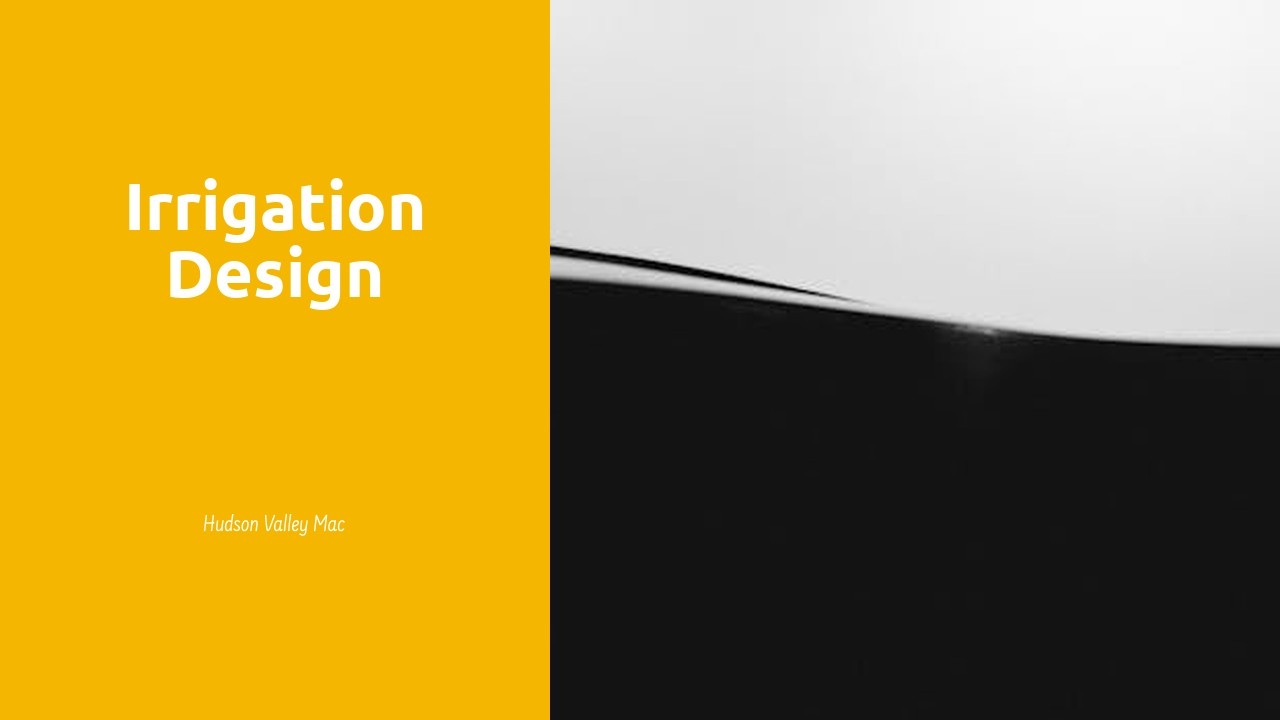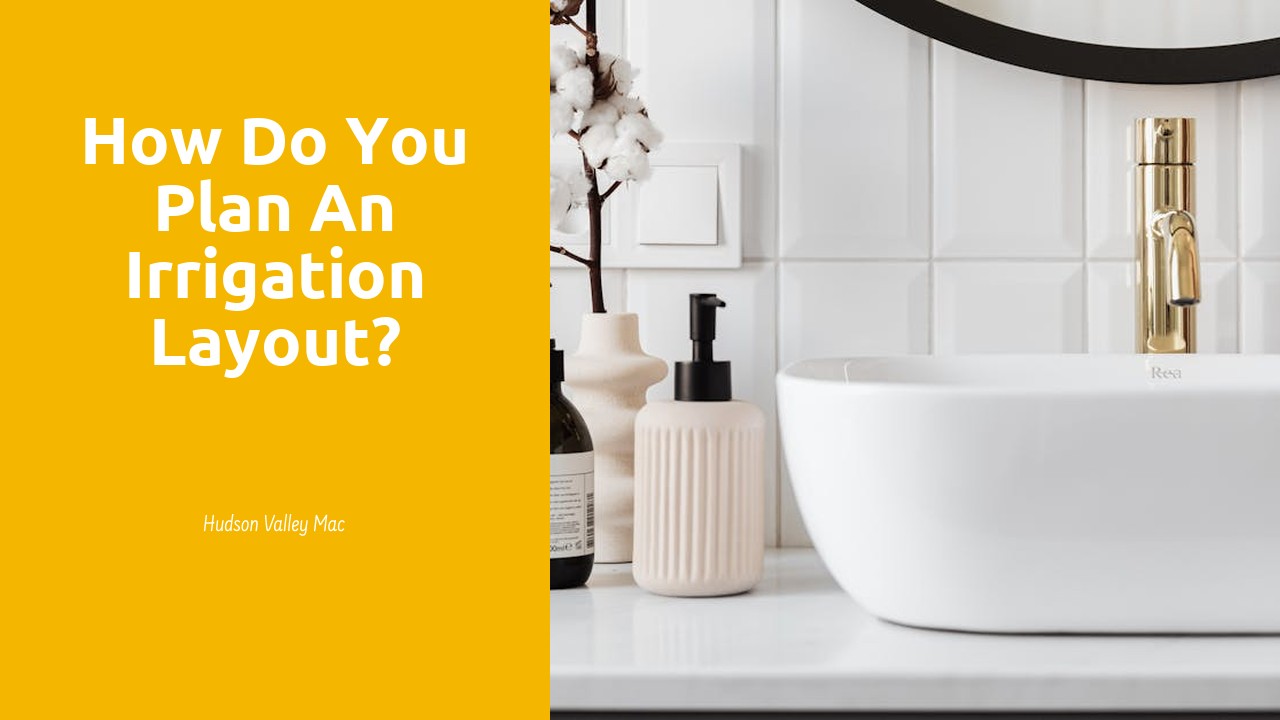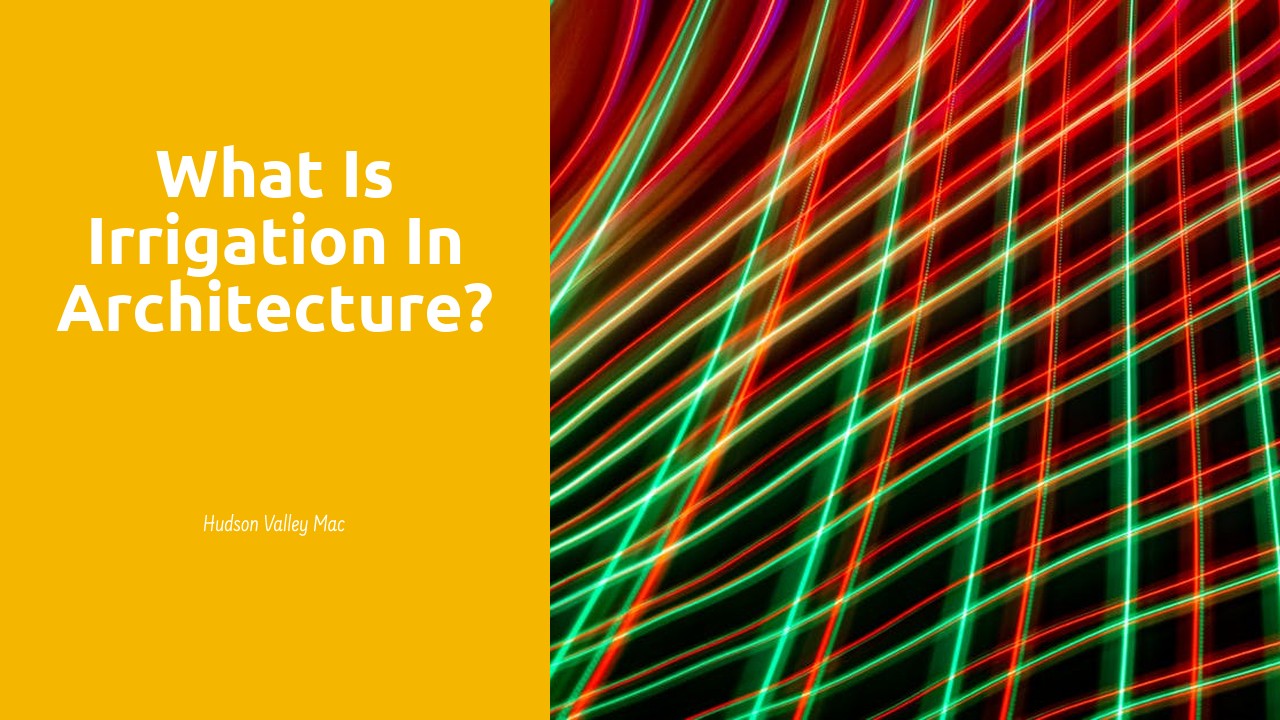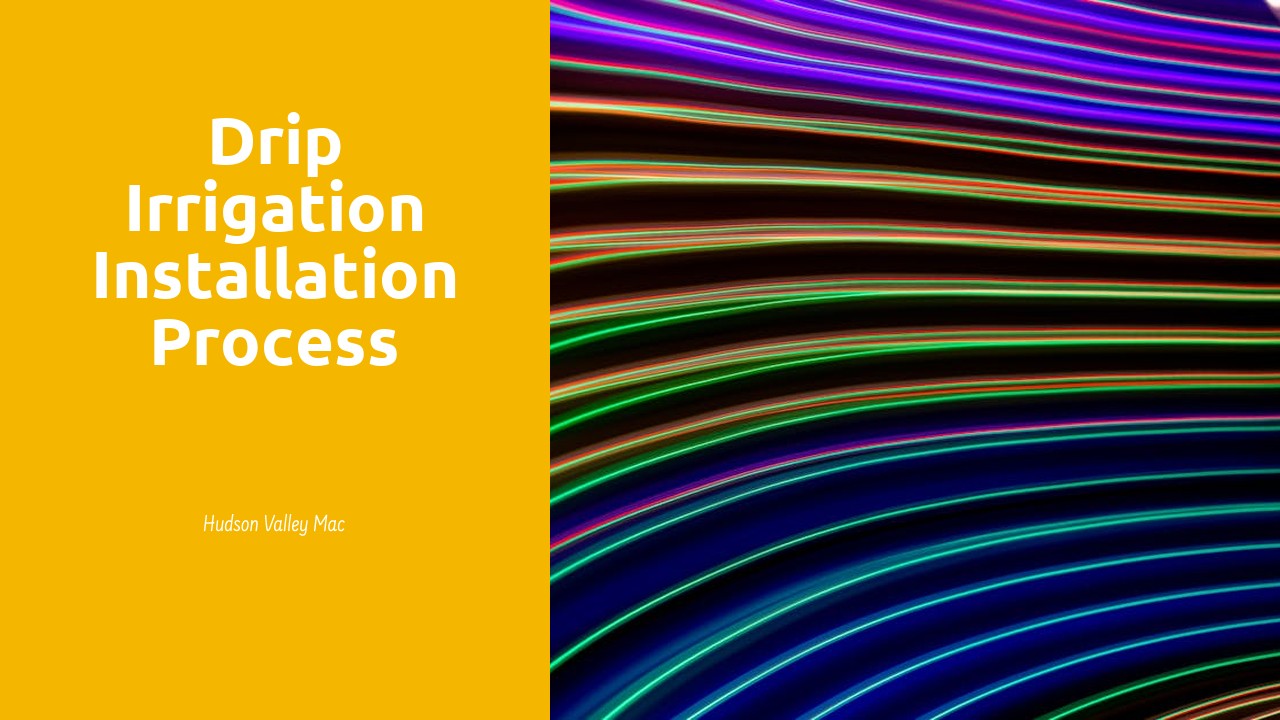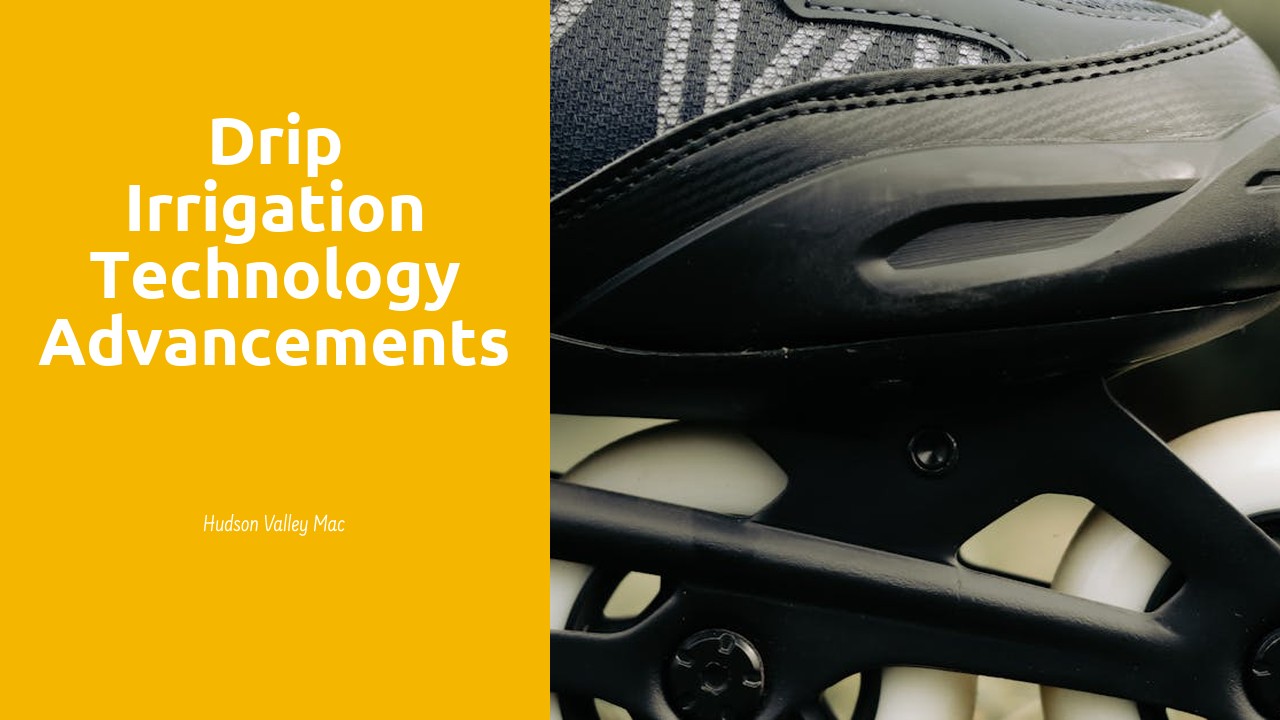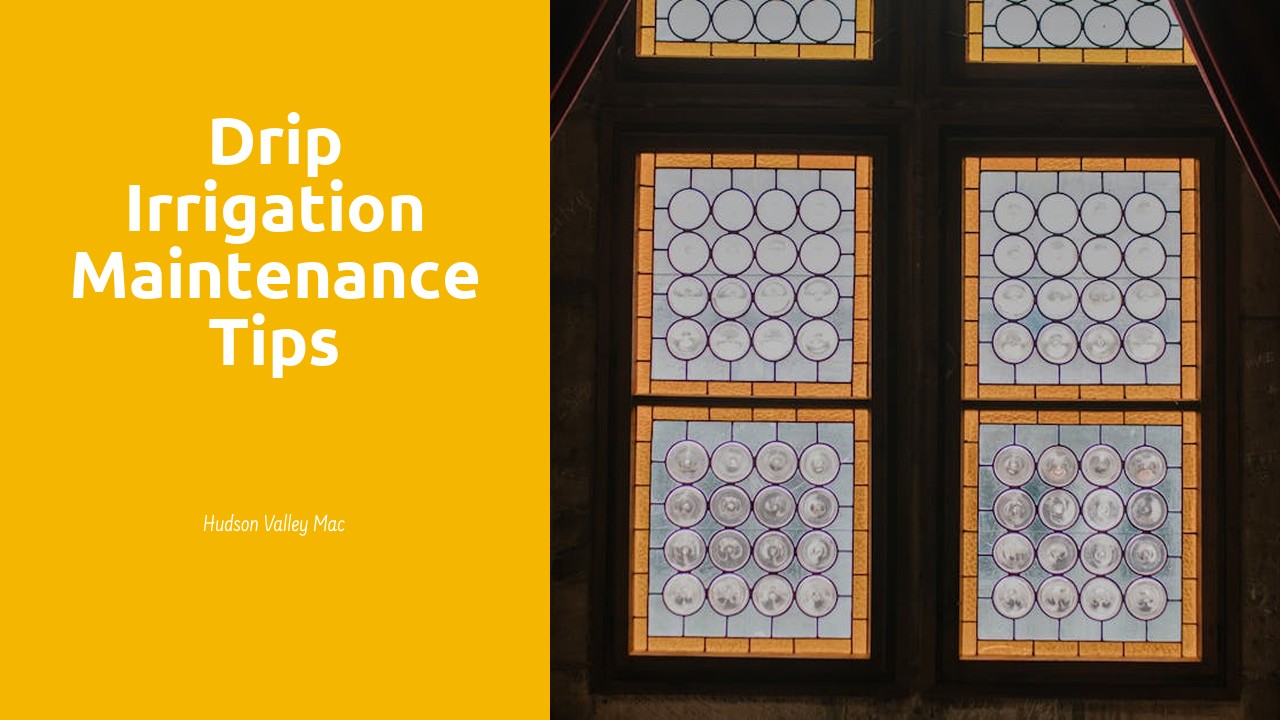
Table Of Contents
Winterizing Your Drip Irrigation System
Winterizing your drip irrigation system is crucial to ensure it continues to function efficiently throughout the colder months. Freezing temperatures can cause serious damage to your system if it is not properly prepared. To start, turn off the water supply to the system to prevent any water from entering the pipes and freezing during low temperatures.
Once the water supply is turned off, drain any excess water from the system by opening the end cap of the mainline and allowing the water to flow out completely. Additionally, insulate any exposed pipes with foam pipe insulation to provide extra protection against freezing temperatures. Following these steps will help safeguard your drip irrigation system from potential damage during the winter months, ensuring it remains in optimum condition for the upcoming growing season. Additionally, for expert advice on winterizing your drip irrigation system, reach out to Irrigation Design North Bay for professional guidance tailored to your specific needs.
Protecting Pipes from Freezing Temperatures
When winter approaches, protecting your drip irrigation system from freezing temperatures is crucial to avoid costly damages. Insulating pipes is a simple yet effective method to ensure that water continues to flow smoothly without freezing. To protect your pipes, wrap them with foam pipe insulation or use heat tape specifically designed for irrigation systems. Another important step is to install shut-off valves and drain excess water from the system before temperatures drop significantly. By taking these proactive measures, you can prevent potential issues and maintain the efficiency of your irrigation system during the cold winter months.
At Irrigation Design North Bay, we understand the importance of protecting your drip irrigation system from freezing temperatures. In addition to insulating pipes and draining excess water, consider burying pipes deeper underground to provide extra protection against freezing. This added layer of insulation can help safeguard your system in extreme winter conditions. Regularly checking for leaks and repairing any damaged components can also contribute to the longevity of your drip irrigation system. By implementing these preventative measures, you can ensure that your system remains operational and efficient throughout the winter season.
Troubleshooting Common Drip Irrigation Issues
When encountering issues with your drip irrigation system, it's crucial to promptly identify and address them to maintain a healthy and efficient garden. One common problem that gardeners face is clogs within the drip lines. These clogs can restrict water flow and impede the distribution of water to your plants. To remedy this, carefully inspect your drip lines and emitters for any blockages. If you notice a clog, gently remove it using a thin wire or specialized cleaning tool. Regularly flushing your system with clean water can also help prevent clogs from forming in the future. For expert assistance with troubleshooting and maintaining your drip irrigation system in North Bay, consider reaching out to Irrigation Design North Bay for professional guidance and support.
Another common issue with drip irrigation systems is leakage, which can lead to water wastage and inefficient watering. To tackle this problem, thoroughly inspect all connections, fittings, and joints in your system for any signs of leakage. Tighten loose fittings and replace damaged components as needed to prevent water loss and ensure optimal system performance. Additionally, monitoring your system regularly for leaks and making timely repairs can help conserve water and promote healthier plant growth. For tailored advice on troubleshooting and enhancing your drip irrigation setup, consulting with Irrigation Design North Bay can provide valuable insights and solutions to keep your garden flourishing.
Identifying and Fixing Clogs
Clogs in a drip irrigation system can impede the flow of water to your plants, affecting their growth and health. Identifying and fixing these clogs is crucial for maintaining the efficiency of your system. If you notice reduced water output from your emitters or an uneven distribution of water along the line, it is likely that a clog is the culprit. To locate the clog, inspect the tubing for any visible debris or sediment that may be blocking the flow of water. Additionally, check the filters and screens in your system for any build-up that could be causing the issue. By proactively addressing clogs in your drip irrigation system, you can ensure that your plants receive the water they need for optimal growth and yield. Innovative solutions in irrigation design can streamline the process of identifying and fixing clogs in your system, enhancing its overall performance and efficiency. Irrigation Design North Bay offers cutting-edge technologies that can revolutionize the way you manage clogs and other issues in your drip irrigation system.
Upgrading Drip Irrigation Components
When considering upgrading drip irrigation components, it is essential to assess the overall efficiency and effectiveness of your system. By evaluating factors such as water usage, distribution uniformity, and coverage, you can pinpoint areas that may benefit from improvements. Irrigation Design North Bay offers a range of upgrades, from more advanced emitters and tubing to automated controllers, that can enhance the performance of your drip irrigation system. Upgrading to newer components can lead to significant water savings, improved plant health, and reduced maintenance costs in the long run.
In addition to enhancing the efficiency of your system, upgrading drip irrigation components can also help to simplify maintenance and management tasks. By installing innovative technologies such as soil moisture sensors or flow meters, you can gain better insights into your irrigation needs and optimize watering schedules accordingly. Consulting with experts at Irrigation Design North Bay can provide valuable guidance on selecting the most suitable upgrades for your specific requirements, ensuring that your drip irrigation system operates at peak performance levels year-round.
Enhancing System Efficiency with New Technology
Improving the efficiency of your drip irrigation system can lead to increased water conservation and optimized plant growth. By incorporating advanced technology into your setup, you can enhance the overall performance of your system. Companies like Irrigation Design North Bay offer innovative solutions that can revolutionize how your irrigation system operates.
With the integration of smart controllers and soil moisture sensors, you can ensure that your plants receive the right amount of water at the right time. These technologies allow for precise irrigation scheduling based on real-time data, eliminating overwatering and underwatering. Additionally, the use of drip tape with pressure compensating emitters can further enhance the uniformity of water distribution, resulting in healthier plants and reduced water wastage. Partnering with Irrigation Design North Bay can help you explore these cutting-edge technologies and tailor them to fit the specific needs of your landscape.
FAQS
What steps should I take to winterize my drip irrigation system?
To winterize your drip irrigation system, make sure to drain the pipes, disconnect and store any removable components, and insulate exposed pipes to prevent freezing during cold weather.
How can I protect my drip irrigation pipes from freezing temperatures?
To protect your drip irrigation pipes from freezing temperatures, consider using pipe insulation, heat tapes, or burying the pipes deeper underground to prevent exposure to extreme cold.
What are some common issues that may arise with drip irrigation systems?
Common issues with drip irrigation systems include clogs in the pipes, leaks at connection points, and uneven water distribution due to damaged components or incorrect installation.
How can I identify and fix clogs in my drip irrigation system?
To identify and fix clogs in your drip irrigation system, regularly inspect the system for blockages, clean filters and emitters, and flush the lines with water to remove any debris causing the clog.
Is it beneficial to upgrade components of my drip irrigation system?
Upgrading components of your drip irrigation system, such as replacing old tubing with newer materials or installing pressure regulators and timers, can enhance system efficiency, reduce water waste, and improve overall performance.
